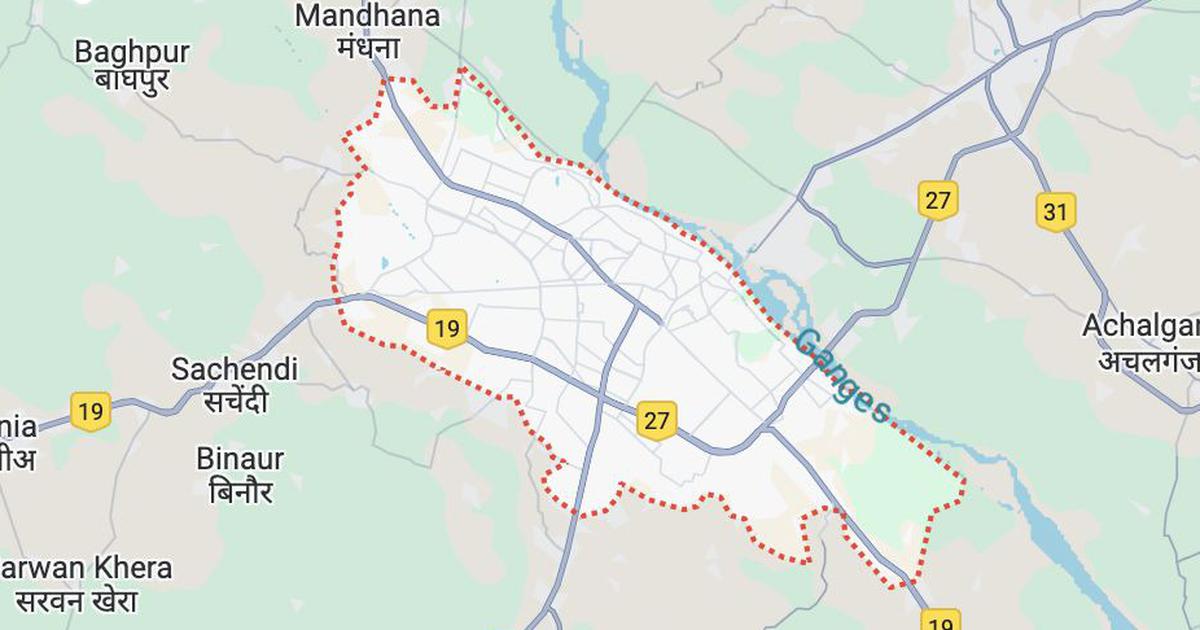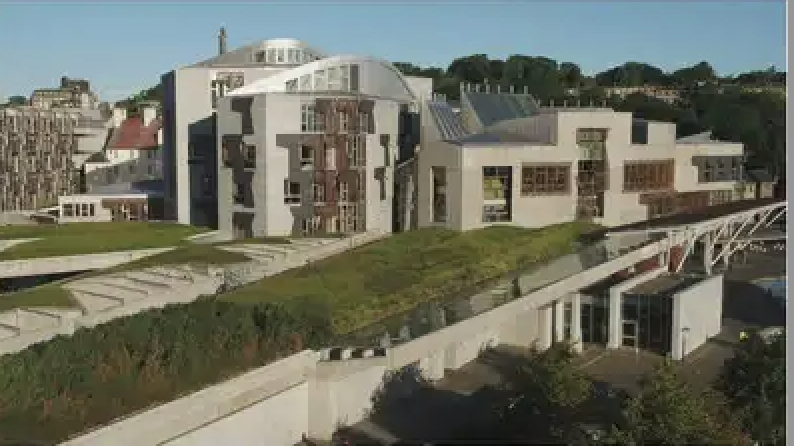By
With the arrest of “Sadhvi” Pragya Thakur, Sameer Kulkarni and former Major Ramesh Upadhye for the bomb blasts of this past September in Malegaon in Maharashtra and Modasa in Gujarat, the police seem to have unearthed what has all the makings of an organised, well-ramified Hindutva terrorist network. The network may have been involved in numerous other recent bombings outside mosques, whose victims were primarily Muslims. The police are now questioning a serving army officer too for his links with the network—the first such instance ever.
The surfacing of the network marks a turning point. Not only does it show that the sangh parivar will stoop to the meanest level of criminality by targeting innocent civilians to advance its communal agenda. It disproves the widely held assumption that terrorism in India is solely the work of Muslims driven by jehadi extremism and bigotry. Fanatical Hindus, inspired by intense hatred of secularism and pluralism, and by ethno-nationalist politics, are equally capable of and implicated in terrorist activities.
Clearly, the entire sangh parivar, in particular the Bharatiya Janata Party leadership, has much to answer for. Its Hindutva-based campaign of intolerance, hatred and Islamophobia since the mid-1980s has contributed greatly to bringing India to this present pass. In the light of this development, the Indian state too must radically revise its understanding of terrorism.
Police from three different states are investigating the suspects, their contacts and activities. Apparently, they have weighty evidence of the network’s role in executing terrorist bombings not just in Malegaon, both this year and in September 2006, but also elsewhere, in particular in Maharashtra’s Marathwada region near which Malegaon is situated. In all these cases, the targets were mosques, and the victims mainly or wholly Muslims visiting them for prayers.
Given the suspects’ strong connections with various sangh parivar organisations including the BJP, and the sensitive nature of the case, it’s extremely improbable that the police would have acted without abundant caution and a good deal of unimpeachable evidence. According to highly placed sources, the police and Central agencies also looking into the network’s role in other terrorist attacks, such as the May 2007 Mecca masjid bombings in Hyderabad, the October 2007 Ajmer blasts, and possibly, the February 2007 Samjhauta Express bombings.
The suspects under interrogation are inspired by the Rashtriya Swayamsevak Sangh’s toxic ideology. They have all been members of the BJP or of well-known sangh parivar organisations such as the Vishwa Hindu Parishad, Bajrang Dal, Durga Vahini and Akhil Bharatiya Vidyarthi Parishad, fired by anti-Muslim hatred. However, even more interesting is the role of less-known groups like the “Sadhvi’s” Rashtriya Jagaran Manch, Kulkarni’s Abhinav Bharat, and the Bhonsala Military School at Nashik and Nagpur, where Upadhye has been an instructor.
The genealogy of these groups is highly instructive. Abhinav Bharat was recently created by RSS hardliners who wanted “real action” against Muslims. Its agenda was to resuscitate an organisation with an identical name, set up in 1904 by Vinayak Damodar Savarkar to fight British rule by violent means, including individual assassination. Savarkar, it hardly needs recalling, was the original ideologue of Hindutva, and coined that term for the title of a book published in 1923, which first espoused the Hindu Rashtra idea.
The Bhonsala Military School (BMS) was started in 1937 by the Central Hindu Military Education Society at Nashik, itself set up by Balkrishna Shivramji Moonje. Moonje, an important Hindutva figure in Central Indian politics and one-time president of the Hindu Mahasabha, was a major influence on RSS founder KB Hedgewar and well to his Right.
Moonje was given the title “Dharamaveer” by his followers, and was a firm admirer of contemporary European fascism. He personally met Mussolini in Rome in 1931. The school’s stated aim is “to inculcate military virtues in the Bhartiya Youth”. Clearly, there’s only a thin line of demarcation between “military virtue” and rabid, militant Hindutva.
These organisations’ involvement in terrorist activities was first discovered in 2006 when the Maharashtra police’s Anti-Terrorism Squad investigated an accidental bomb explosion on April 6 in the home of RSS member LG Rajkondwar in Nanded, in Marathwada. Two Bajrang Dal activists, Naresh Rajkondwar and Himanshu Panse, were killed in the incident while attempting to fabricate a bomb along with fellow-extremists.
The ATS chargesheet filed in August 2006 established the existence of a Bajrang Dal-centred network, which was responsible for a series of terrorist bombings—beginning with blasts in November 2003 at a mosque in Parbhani in Marathwada, and including explosions in August 2004 at two mosques at Jalna and Purna, also in the same region. The bomb which went off accidentally at Nanded was reportedly meant to be used at a mosque in Aurangabad. The parivar extremists, said the ATS, were trained in bomb-making near Pune, Goa and at the Bhonsala Military School, where an RSS camp coached more than 100 participants in the martial arts and in using firearms.
According to the ATS, the Nanded bomb-making operation was part of a larger criminal conspiracy to target Muslims and create the impression that Muslim extremists would not hesitate to kill other Muslims. The motive was to sow disaffection, widen the communal divide and help the Hindutva forces to blame Muslims for all acts of terrorism, including diabolical ones directed at Muslims themselves.
The involvement of parivar activists in other bomb-fabrication operations, revealed through recent accidental explosions in Tenkasi in Tamil Nadu, Kanpur in Uttar Pradesh and again in Nanded in February 2007, reinforces the same conclusion. Evidently, the parivar has been part of a devilishly devious criminal conspiracy, aimed at discrediting Muslims and diverting attention from its own nefarious activities.
As this Column noted in October 2006, the September 2006 bombings in Malegaon outside a crowded mosque after the Friday prayers were part of this pattern. Ironically, the police arrested Muslims alone for the blasts—although the victims were all Muslims observing Shab-e-Barat, or remembrance of the dead, in an adjoining graveyard. The bicycles on which the bombs were placed bore Hindu names and symbols.
The local police not only ignored material evidence and vital clues concerning the Malegaon blasts. They tried to cover up Bajrang Dal-VHP involvement in the earlier Nanded operation by planting fire-crackers in the house—to suggest that the explosion wasn’t caused by bombs. They also ignored the fact that the conspirators had planted false beards to suggest that the bomb-makers were Muslims. They played down the recovery of a second bomb in the house.
The police alleged that the explosive used in Malegaon was RDX’ this “proved” the terrorists’ link to Pakistani agencies. However, the Union Home Secretary, no less, contradicted the police claim about RDX. As did two forensic laboratories.
After Nanded April 6 explosion, civil society groups—including Secular Citizens’ Forum and People’s Union of Civil Liberties, Nagpur—produced a scathing critique of the police version with photographic evidence to expose the Bajrang Dal’s bomb-fabrication operation. They specifically warned of an imminent attack by Hindutva militants, but were ignored.
The Nanded case was soon transferred from the ATS to the CBI, which indulged in some sordid manipulation. Anti-communal activist Teesta Setalvad procured the CBI’s chargesheet through an RTI application. This shows that the CBI greatly diluted terrorism-related charges and presented the Nanded explosion as an isolated incident unconnected with the sangh parivar or a larger conspiracy. It soon dropped the investigation altogether, pleading its “inability”.
It is imperative that the state police, and the concerned Central agencies, get to the bottom of the saffron terror operation and investigate it impartially and with thorough professionalism. The time has come to name names and prosecute and punish the guilty.
The BJP either brazenly denies that the Malegaon suspects are linked to the sangh parivar, or says they’re innocent. This won’t wash. The artificial firewalls the BJP always creates between itself and its more extremist parivar organisations have broken down in the present case.
There are just too many connections between the BJP, the Bajrang Dal, the VHP and other parivar outfits involved in the conspiracy for the denial to stand. And these aren’t limited to photographs showing a cosy relationship between BJP president Rajnath Singh, Madhya Pradesh Chief Minister Shivraj Singh Chauhan, and “Sadhvi” Thakur. Thakur is a former ABVP-Durga Vahini leader. She campaigned for the BJP in the Assembly elections in Gujarat. Besides, bodies like the Bhonsala School and Abhinav Bharat are implicated, as are BJP-RSS members.
Even more contemptible is the argument that “Hindutva terrorism” is a contradiction in terms because Hinduism is a tolerant faith. It is indeed tolerant, but Hindutva is the very opposite—an ideology of divisiveness and extreme intolerance of diversity, pluralism and secularism.
The Centre must pursue the Malegaon case seriously and urgently act to ban the Bajrang Dal and the RSS, and to prosecute BJP members connected with these organisations. Nothing less can reaffirm the secular spirit of this society and the Indian Constitution at a time when the minorities’ alienation has peaked after the Batla House episode.
This story was first appeared on sacw.net






